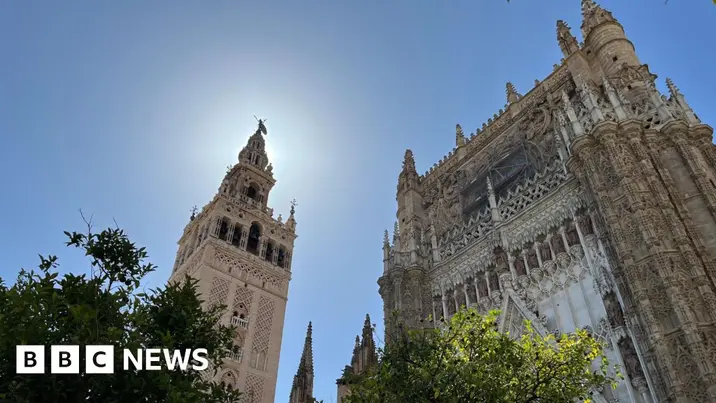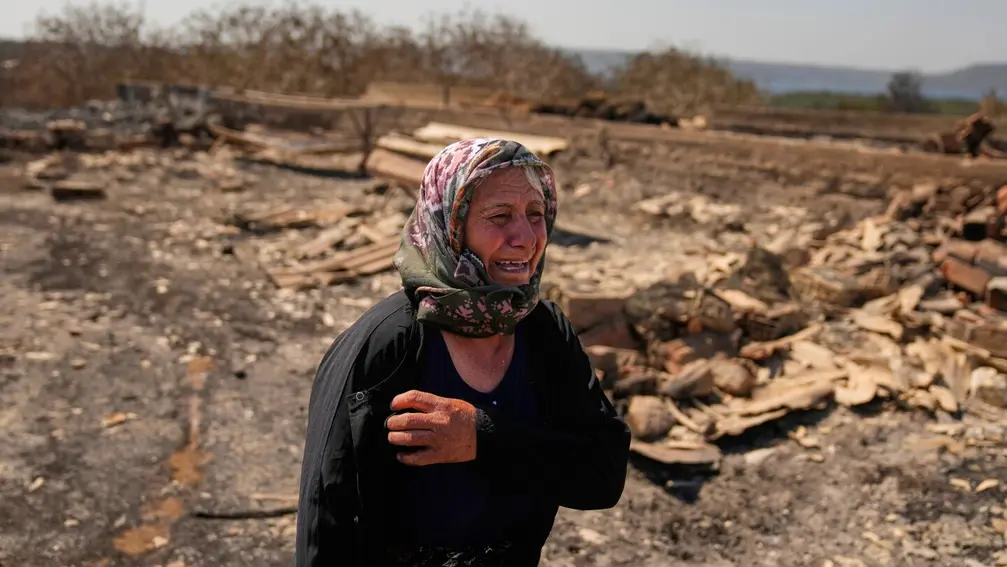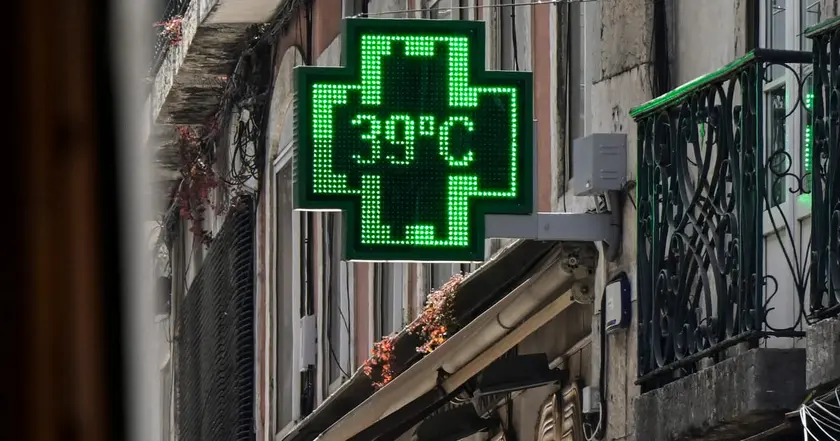T4K3.news
City heat resilience plan
London advances its heat plan with maps, water points and tree planting to protect residents

A BBC report contrasts Seville’s heat adapted streets with London’s growing resilience plan to protect residents.
London Learns from European Hot Cities
Seville in southern Spain regularly endures temperatures above 40C in the summer. The city uses shade as a design feature, with trees, running water fountains, and covered shopping streets. The Setas de Sevilla, a large wooden canopy, creates a cool plaza that helps lower heat in the surrounding area and demonstrates how architecture can ease discomfort. Cafes also rely on water misters in outdoor spaces to keep customers cool as temperatures rise.
London has faced extreme heat and major incidents in recent years. Officials have moved from talk to action with a cool spaces map to direct residents to shelters, more than 4 000 water refill points, and a climate risk map to identify vulnerable communities. The city aims to boost tree canopy by 10 percent by 2050 and to publish a London Heat Risk Delivery Plan. The Wennington wildfires in 2022 and the London Fire Brigade’s busiest day on record highlight the need for planning and public awareness of heat risk.
Key Takeaways
"We need to adapt in terms of building design"
Direct quote from Dr Mehri Khosravi on UK heat behavior
"The first thing that we're doing is publishing a cool spaces map so residents can go to cool off"
Mete Coban on London cooling plan
"Over 4,000 water refill points across the city"
Mete Coban on hydration network
"Our tree planting programme especially to create that shade, the mayor has planted over 600,000 trees across the city since 2016"
Mete Coban on shade through trees
Seville shows how urban design can actively reduce heat exposure through shade and water features. The emphasis on shade, fountains, and a central canopy structure reflects a proactive approach to making heat a visible part of city life rather than a silent threat. London, after recent heat events, leans on data and planning tools to map risk and guide behavior, indicating a shift from ad hoc responses to institutional resilience.
The strains are political and fiscal as much as climatic. London faces budget choices and public expectations about what resilience costs and how quickly it should arrive. The outcome will depend on whether officials can translate maps and targets into concrete protections for vulnerable neighbors and whether the public supports sustained investment in shade, hydration, and tree cover.
Highlights
- Shade is a public good not a luxury
- Heat is a risk we must design for
- Cool spaces map guides residents to relief
- Trees and water are the backbone of cooling
Policy and budget risks
The measures hinge on budget decisions and political support, with potential public backlash if funding is challenged or if results lag expectations.
Heat resilience is a marathon, not a sprint, and cities must pace investments with community needs in mind.
Enjoyed this? Let your friends know!
Related News

Europe must upgrade grids to close the AC gap

Europe faces record heat and wildfires

Nordic heat wave shows climate change in real time

Volcanic risk update from Yellowstone

Israeli minister confronts Palestinian detainee in prison clip

Greece wildfires spread to Kefalonia and Zakynthos

Heat alert issued

Selles faces tough start after 4-1 defeat
